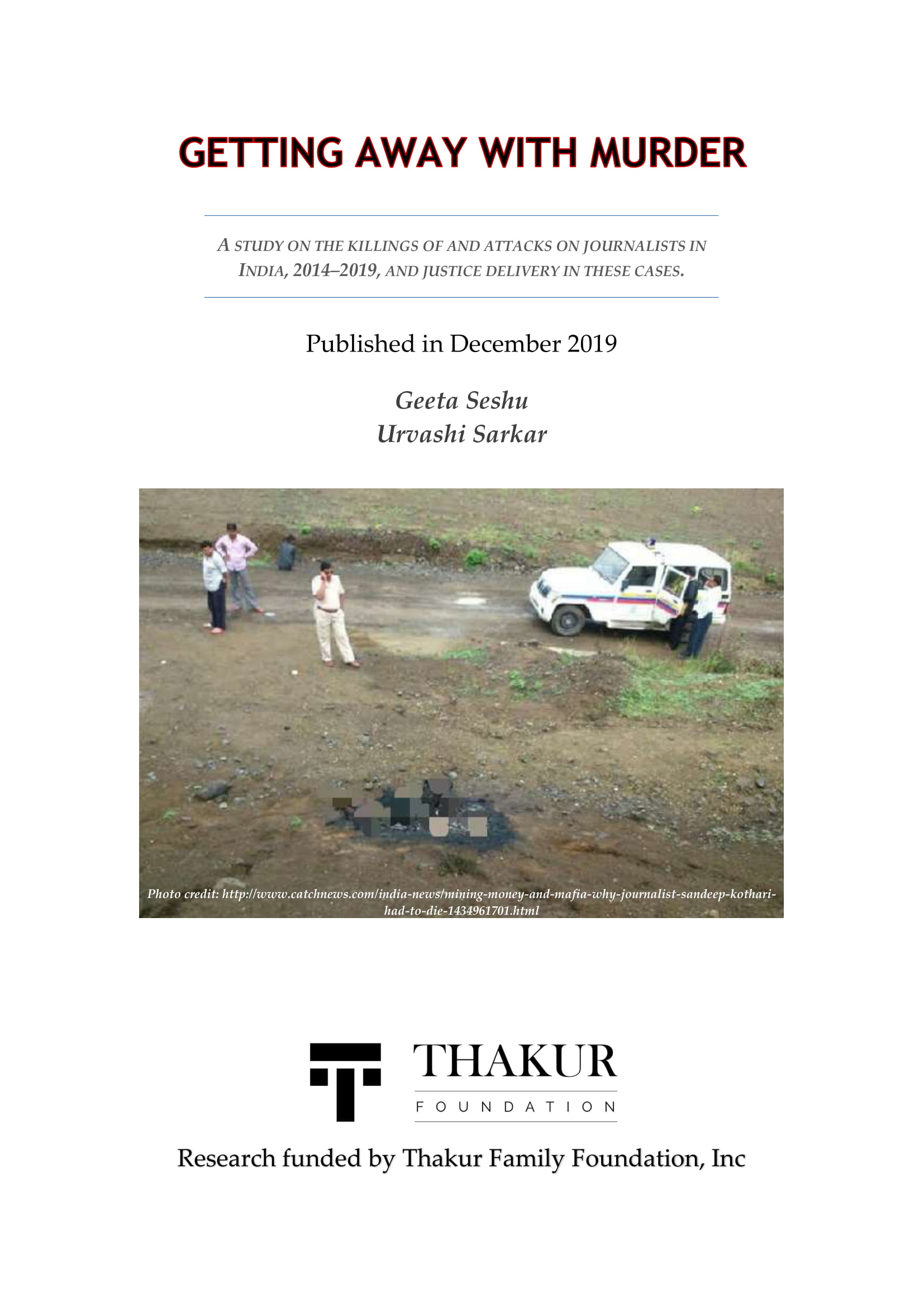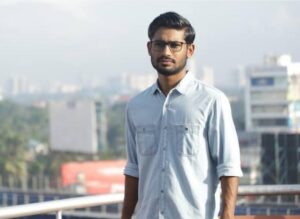
A study on the killings of and attacks on journalists in India, 2014–2019, and justice delivery in these cases.
 Download pdf here:Journalists Report 22Dec19
Download pdf here:Journalists Report 22Dec19
As the courageous Asha Ranjan says, speaking of her struggle to secure justice for the killing of her husband Rajdeo Ranjan in 2016: “The death of my husband is a matter that should concern all journalists. We keep saying that the media is the fourth pillar of democracy. This struggle is not only about the death of one journalist.”
Rajdeo Ranjan was killed after he wrote critical reports about former RJD MP Mohammad Shahabuddin, currently lodged in Siwan jail. The Central Bureau of Investigation (CBI) was conducting investigations in the case but in October this year, without any warning and even without her knowledge, the case was transferred to the special crime branch under the Bihar government. Three days ago, after her notice, CBI officials attended a hearing but did not depose, leaving her in doubt about the future of the investigation and her struggle for justice.
Justice Delivery
The pattern was replicated in almost all the cases tracked by this study. The status of justice delivery for the killing of 20 journalists and 63 attacks on journalists targeted for their investigative work between 2014-18.
Convictions in the killing of journalists are near-zero. Of the over 30 killing of journalists since 2010, there were only three convictions. The cases were J Dey, killed in 2011; Rajesh Mishra, killed in 2012 and Tarun Acharya, killed in 2014. In a fourth case of journalist Ram Chandra Chhattrapati, killed in 2002, it took 17 years for justice to be delivered in the life imprisonment order for Dera Sacha Sauda chief Gurmeet Ram Rahim.



2 thoughts on “Getting Away With Murder”